Man Survives 3 Days on Desert Island After Sailboat Breaks Down
Sailor’s remarkable survival and 20 other incredible tales of living against the odds.
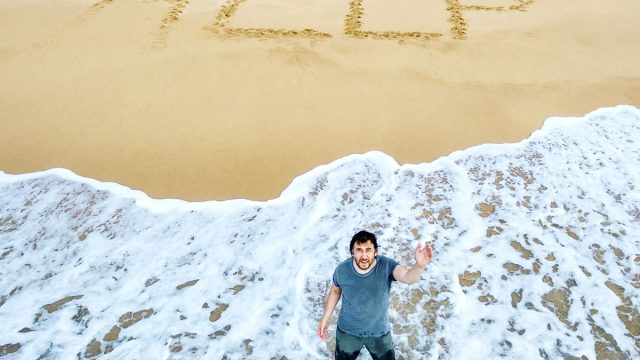
In a tale that echoes the spirit of Robinson Crusoe, a man’s resourcefulness shone as he endured three harrowing days on an uninhabited island in the Bahamas following the breakdown of his sailboat. His determination caught the attention of the U.S. Coast Guard through a dramatic flare signal. Here’s exactly what happened.
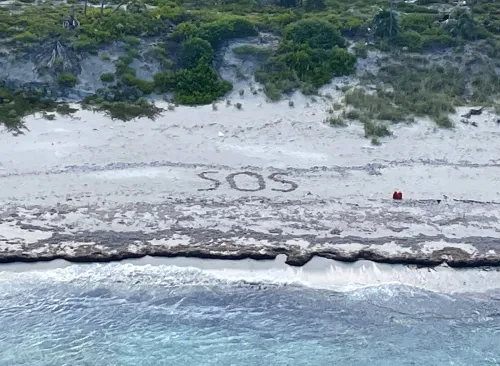
The Coast Guard’s regular aerial patrols over the Florida Straits, including Cay Sal, enabled officials to spot a distress signal—a red flare—launched by a man in need of help.
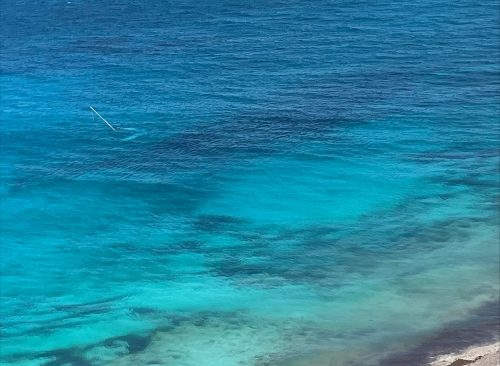
Situated within the Cay Sal Bank, an area bordered by Florida, Cuba, and The Bahamas, Cay Sal is a diminutive island known for its strategic geographic location.
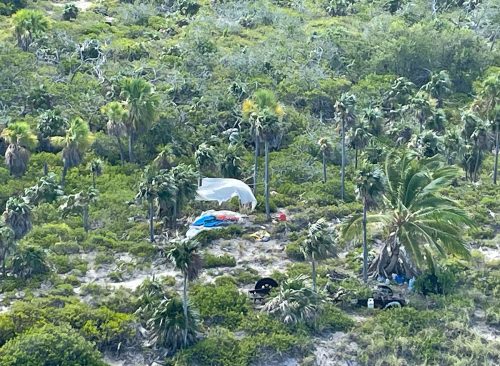
In swift response, an aircrew was dispatched to the island. Their mission: to assist a 64-year-old Bahamian national who found himself stranded there. Supplies were dropped from the aircraft, including essential provisions like food, water, and a radio for communication.

According to the survivor, his vessel had encountered dire circumstances during his journey, leading to its incapacitation. He recounted being marooned for a span of three days before the Coast Guard’s intervention.

The Coast Guard diverted Cutter Paul Clark to rescue a Bahamian national. He was transferred to the Royal Bahamas Defense Force in good health. “We’re proud to have saved this man’s life. This case serves as a perfect example of why you must have the proper safety equipment on your vessel,” Petty Officer 3rd Class Dev Craig, a Coast Guard Sector Key West watchstander, said in a statement. “Without seeing the flare, the case may not have had a successful outcome.” A Bahamian man’s story of miraculous survival has captivated many. He defied the odds and managed to stay alive against all challenges. Read on to explore this remarkable story along with other astonishing tales of human endurance.

On December 24, 1971, a plane carrying 17-year-old Juliane Koepcke crashed in the dense Peruvian rainforest. Her story of survival is nothing short of incredible. Strapped to her seat, she miraculously survived a fall from 10,000 feet. Despite suffering a broken collarbone, a deep arm cut, an eye injury, and a concussion, Koepcke spent 11 days navigating the challenging jungle terrain before being rescued by local fishermen. Tragically, her mother lost her life in the crash. Koepcke’s survival haunted her with questions for years. “Why was I the only survivor?” she pondered, as the grief and nightmares persisted.

In 2003, Aron Ralston’s life took an astonishing turn when a boulder trapped him while descending Utah’s narrow Bluejohn Canyon. For five days, he grappled with desperation before making the wrenching decision to amputate his own arm using a dull multi-tool. Following this unimaginable act, he rappelled 65 feet down, walked seven miles, and finally found safety. This remarkable ordeal later inspired the movie “127 Hours,” starring James Franco.

Vesna Vulović’s tale is etched in survival history. In 1972, as a flight attendant on JAT Flight 367, a bomb explosion shattered the plane at 33,000 feet, sending her plummeting while strapped to her seat. Despite grave injuries including a fractured skull and cerebral hemorrhage, Vulović remarkably survived, undergoing months of recovery after a near-fatal fall without a parachute. Her feat was recognized by the Guinness Book of World Records and stands as a testament to human endurance.
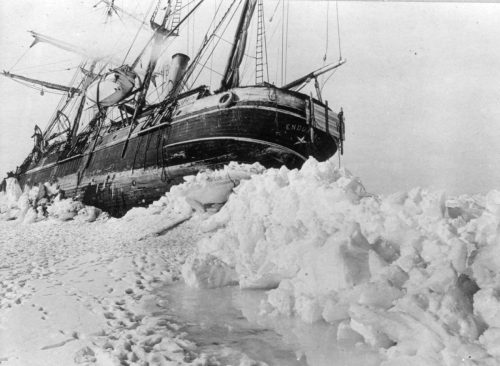
The year 1915 saw Ernest Shackleton and his ship, the Endurance, trapped in drifting Antarctic ice for almost a year before its eventual sinking. Stranded with his crew of 27, they survived by camping on a floating ice floe for two months. Shackleton’s leadership shone as he and a small group sailed an 800-mile voyage through treacherous waters to find help. Ultimately, the entire crew was saved, showcasing the strength of the human spirit in the face of dire circumstances.
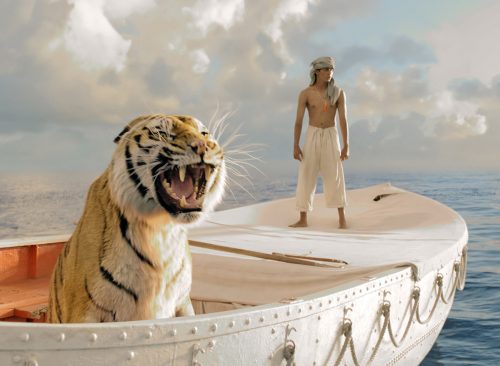
In 1981, Steven Callahan’s boat sank, leaving him stranded on a life raft in the vast Atlantic Ocean. His ingenious use of emergency tools and resourcefulness enabled him to endure 76 days at sea, surviving by catching fish and collecting rainwater. His rescue came when vigilant ship crew members noticed birds circling above his raft. Such a remarkable survival experience led to his involvement as a consultant for the film “Life of Pi.”

Two British climbers, Joe Simpson and Simon Yates, etched their names in survival lore during a 1985 expedition. After scaling the Siula Grande in the Peruvian Andes, Simpson suffered a fall, breaking his leg. In an extraordinary decision, Yates cut the rope binding them, a choice that should have meant certain death for Simpson. Against all odds, Simpson crawled back to basecamp after three grueling days. His story was recounted in the book “Touching the Void,” and he emerged as a motivational speaker.

Violet Jessop’s life was marked by improbable survival instances. In 1912, she was a stewardess on the RMS Titanic when it collided with an iceberg. Rescued by the RSS Carpathia, Jessop survived not only the Titanic disaster but also a prior shipwreck involving the RMS Olympic. Her resilience persisted, as seen in 1916 when she survived the sinking of the HMHS Britannic during World War I. Jessop’s story is a testament to her indomitable spirit.
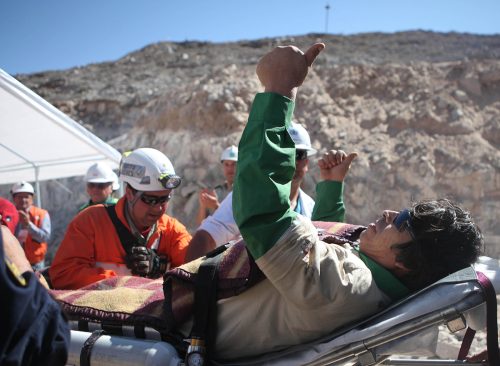
The harrowing tale of the Chilean miners’ survival gripped the world’s attention in August 2010. Trapped over 2,300 feet underground due to a mine cave-in, the 33 miners defied despair and survived for an astonishing 69 days on limited food supplies before a successful rescue operation brought them back to the surface. Their unity and determination showcased the remarkable strength of the human will to survive.
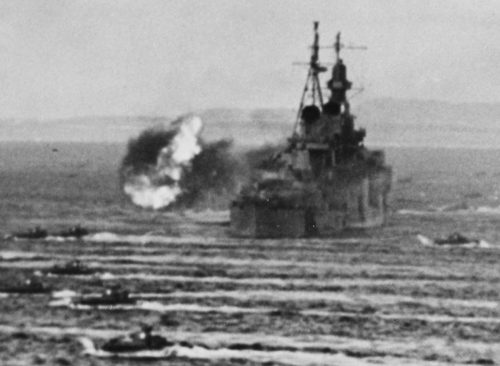
July 1945 witnessed the USS Indianapolis facing an unimaginable trial. After delivering secret cargo for the first nuclear bomb, the cruiser was torpedoed by a Japanese submarine. Stranded in shark-infested waters for four days, the crew endured thirst, exposure, and even shark attacks. Against all odds, 316 out of 1,196 crew members survived until rescue. Their story remains a testament to human endurance in the face of unparalleled challenges.

The story of the Uruguayan Air Force Flight 571 survivors’ ordeal in the Andes Mountains captivated the world in October 1972. After 72 days stranded amidst the cold, avalanches, and starvation, Nando Parrado and Roberto Canessa, members of the Uruguayan national rugby team, embarked on a 10-day, 38-mile journey through the treacherous mountains to seek help. On December 23, 16 survivors were finally rescued, marking the end of an incredible struggle for survival.

In 1823, American frontiersman Hugh Glass faced an unimaginable challenge during a fur-trapping expedition when he was viciously mauled by a grizzly bear. Left for dead without supplies by his fellow explorers, Glass defied death, crawling 200 miles to safety. His journey involved enduring infections, harsh weather, and starvation, relying on wild berries and roots to stay alive. Glass’s remarkable story was initially shared in an 1825 magazine article and later gained widespread attention through the 2015 film “The Revenant,” starring Leonardo DiCaprio.
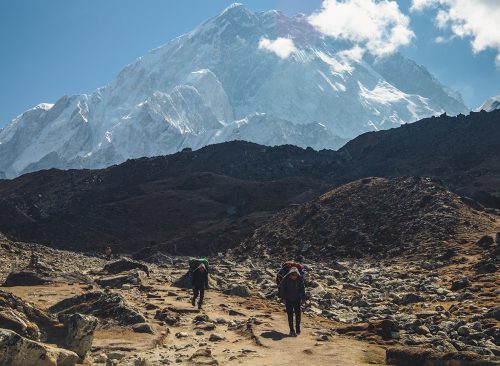
The year 1996 marked a test of survival for Texas physician Beck Weathers during a fateful Mount Everest expedition. Abandoned by guides and left to the elements during a blizzard, Weathers endured extreme cold and miraculously survived. Though he lost his hands, nose, and parts of his feet to frostbite, Weathers defied the odds. His gripping experience became the inspiration for the acclaimed book “Into Thin Air” and the movie “Everest.”
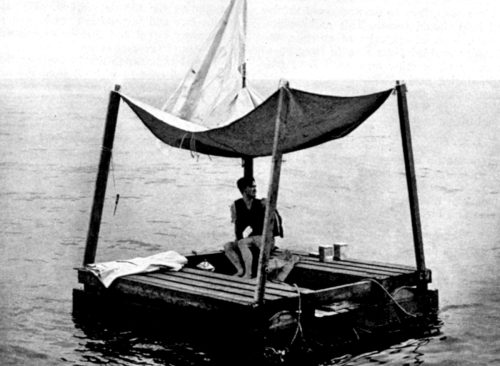
Amidst the tumult of World War II, Chinese sailor Poon Lim’s resilience shone through when his ship was torpedoed by a German U-boat. Cast adrift on a wooden life raft, Lim’s 133-day survival ordeal at sea was nothing short of astounding. He ingeniously fished, caught gulls, and collected rainwater using a canvas tarp to stay alive. Rescued by Brazilian fishermen, Poon Lim emerged as the lone survivor of the sunken ship, a symbol of unwavering determination.

In 1994, Mauro Prosperi embarked on the Marathon des Sables, an arduous 156-mile desert ultramarathon. Caught in a sandstorm that separated him from other competitors, Prosperi faced an unparalleled challenge. Surviving for nine days in the unforgiving Sahara Desert, he sustained himself by consuming bats, beetles, and lizards. Prosperi’s will to live prevailed, leading to his rescue by a local Tuareg family, who saved him from the brink of dehydration and exhaustion.

January 2009 witnessed the astonishing feat of Captain Chesley “Sully” Sullenberger, who executed a successful emergency landing of a US Airways passenger plane on the Hudson River after bird strikes caused engine failures. With both passengers and crew numbering 155, Sullenberger’s swift decision-making saved lives and led to their rescue by nearby boats. Sullenberger’s decades of experience culminated in a defining moment, showcasing the power of preparation and expertise.

In 2006, Ricky Megee’s resilience was put to the ultimate test when his car broke down, leaving him stranded in the Australian Outback for 71 days. Braving extreme temperatures and using resourcefulness, Megee survived by consuming frogs, snakes, and leeches, and crafting makeshift shelters from available brush. His determination led him to overcome even an abscessed tooth, which he removed himself with a car key. Despite his sunburned, dehydrated, and malnourished state, Megee’s spirit endured, and he recovered remarkably quickly after being found by local ranchers.

June 2005 brought a tale of resilience from Marcus Luttrell, the sole survivor of a Navy SEAL team ambushed by Taliban fighters in Afghanistan. Luttrell sustained severe injuries, including fractures, a broken back, and shrapnel wounds. Despite the odds, he evaded capture with the assistance of local Pashtun villagers and was eventually rescued. Luttrell’s survival showcased the strength of camaraderie and the indomitable human spirit.

In 1981, Yossi Ghinsberg faced an extraordinary test of survival when he became lost in the Bolivian Amazon, separated from his companions without any supplies. Ghinsberg’s resourcefulness sustained him for three weeks in the uncharted rainforest, where he survived by consuming insects and plants. His remarkable experience was later portrayed in the 2017 thriller “Jungle,” starring Daniel Radcliffe.

June 2018 witnessed an incredible story of hope as a boys’ soccer team and their coach found themselves trapped nearly 3,000 feet underground in a Thai cave due to torrential rains. The world watched anxiously as it took nine days to locate the group and another eight days to execute a successful rescue operation, bringing all 12 players and their coach to safety. The Thai boys’ triumphant survival captured hearts worldwide.
RELATED: 30 Area Codes to Watch for in Latest Phone Scam

In May 2013, Harrison Okene’s survival story captured global attention. A cook on a tugboat off Nigeria’s coast, Okene miraculously survived when the boat capsized in massive waves and sank upside down in nearly 100 feet of water. Finding refuge in a small air pocket, Okene endured over two days before a team of South African search-and-rescue divers rescued him, defying all expectations.














